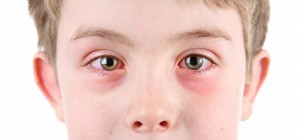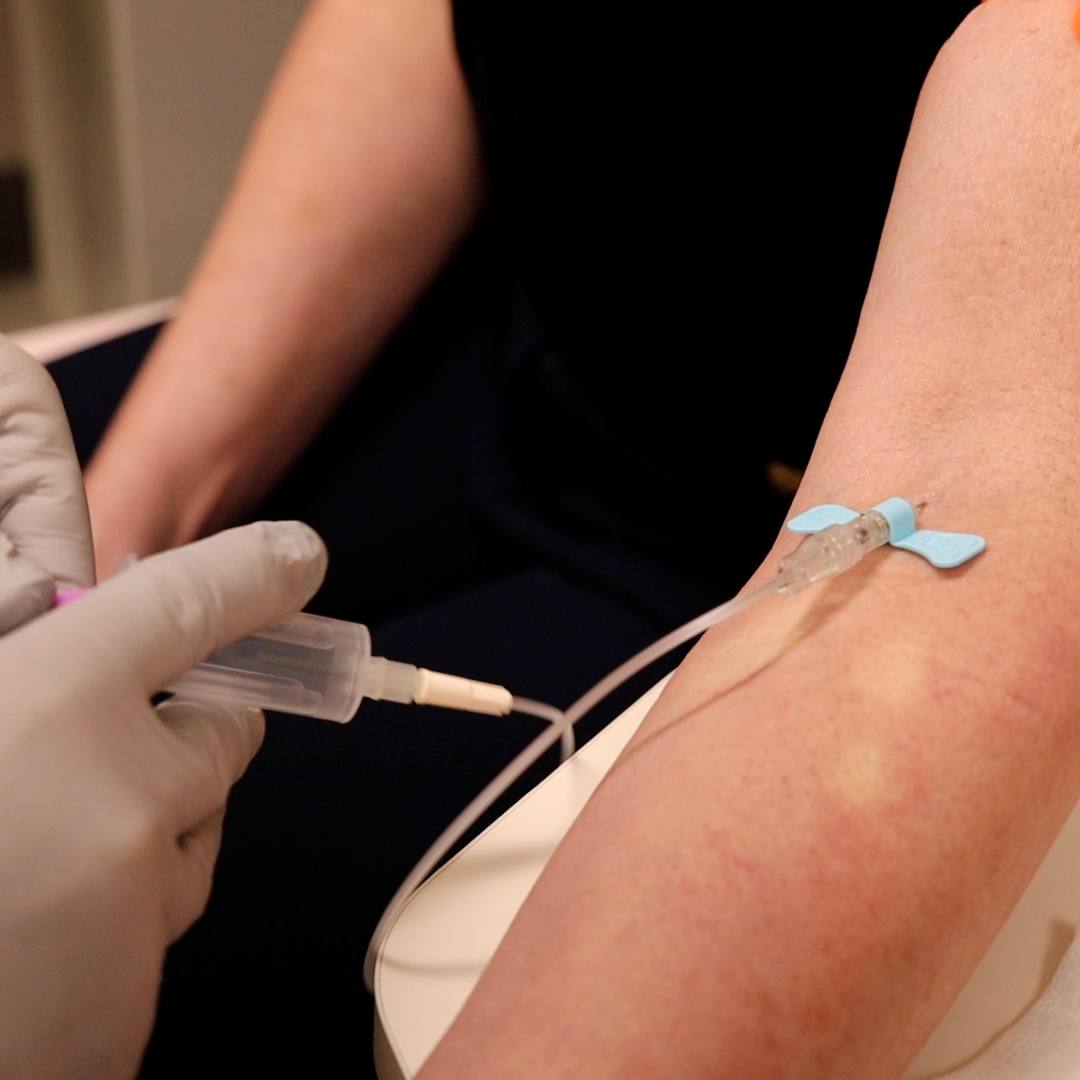 DEAR MAYO CLINIC: My grandson had a virus with flu symptoms. Then one of his eyes got very red, but it wasn’t itchy or mattered shut. When my daughter took him to the doctor, she was told it was the virus settling in his eye. But it wasn’t pink eye. What’s the difference between this type of eye infection and pink eye? Are the treatments different?
DEAR MAYO CLINIC: My grandson had a virus with flu symptoms. Then one of his eyes got very red, but it wasn’t itchy or mattered shut. When my daughter took him to the doctor, she was told it was the virus settling in his eye. But it wasn’t pink eye. What’s the difference between this type of eye infection and pink eye? Are the treatments different?
ANSWER: The two conditions you mention are both eye infections,
and they are actually also both forms of
pink eye. The difference is that the type of infection your grandson had is caused by a virus. The other is caused by bacteria. Viral eye infections typically do not require any treatment. Bacterial eye infections are usually treated with antibiotic eye drops.
Eye infections are common, especially in children. As in your grandson’s case, they often happen when a child has a cold. Both viral eye infections and bacterial eye infections are called conjunctivitis, or pink eye.
The term “pink eye,” however, is most often associated with the bacterial infection. It causes most of the symptoms people tend to think of when they hear about pink eye: yellow discharge, pus that causes the eyelids to stick together, and puffy eyelids. A viral eye infection does not lead to drainage or pus in and around the eye. Its main symptom is eye redness.
Viral pink eye usually lasts as long as a cold: typically up to one to two weeks. No treatment is necessary. Because it is not caused by bacteria, antibiotic eye drops do not help this type of eye infection. Children with viral pink eye do not need to stay home from child care or school. The condition is harmless and only mildly contagious.
When a child has viral pink eye, he or she is at risk for getting bacterial pink eye, too. Many kids end up having both types of eye infection at the same time. To help prevent that, during the time the eyes are red, gently wipe the eyelids with a cotton ball soaked in warm water about every 1 to 2 hours while the child is awake.
If you notice any discharge or other matter forming in your grandson’s eyes, a parent should contact his primary care team to determine if bacterial pink eye has developed. If so, his provider may recommend antibiotic eye drops.
A typical prescription for bacterial pink eye is one drop in each eye every 4 hours when the child is awake. Continue using the eye drops until the child has woken up two mornings in a row without any pus or other matter in either eye. To prevent eye damage, contact lenses should not be worn while a person is receiving treatment for bacterial pink eye.
Bacterial pink eye can be spread to others if they come in contact with pus from the eyes. For that reason, people who have bacterial pink eye should not share towels, washcloths or other personal hygiene items that may be used on the eyes or face. Washing hands often can also decrease the risk.
Unless the pus is excessive, the risk of spreading bacterial pink eye is low after the first 24 hours of using antibiotic eye drops. Children can return to child care or school at that time.
It is uncommon for pink eye to lead to other medical concerns, and the condition usually goes away without any lasting eye problems. But call the child’s doctor right away if you notice his eyes becoming very red or swollen, if he starts to have blurry vision, if the eyes become painful or if he develops an earache. — Stephanie Starr, M.D., Community Pediatric and Adolescent Medicine, Mayo Clinic, Rochester, Minn.
Related Articles







